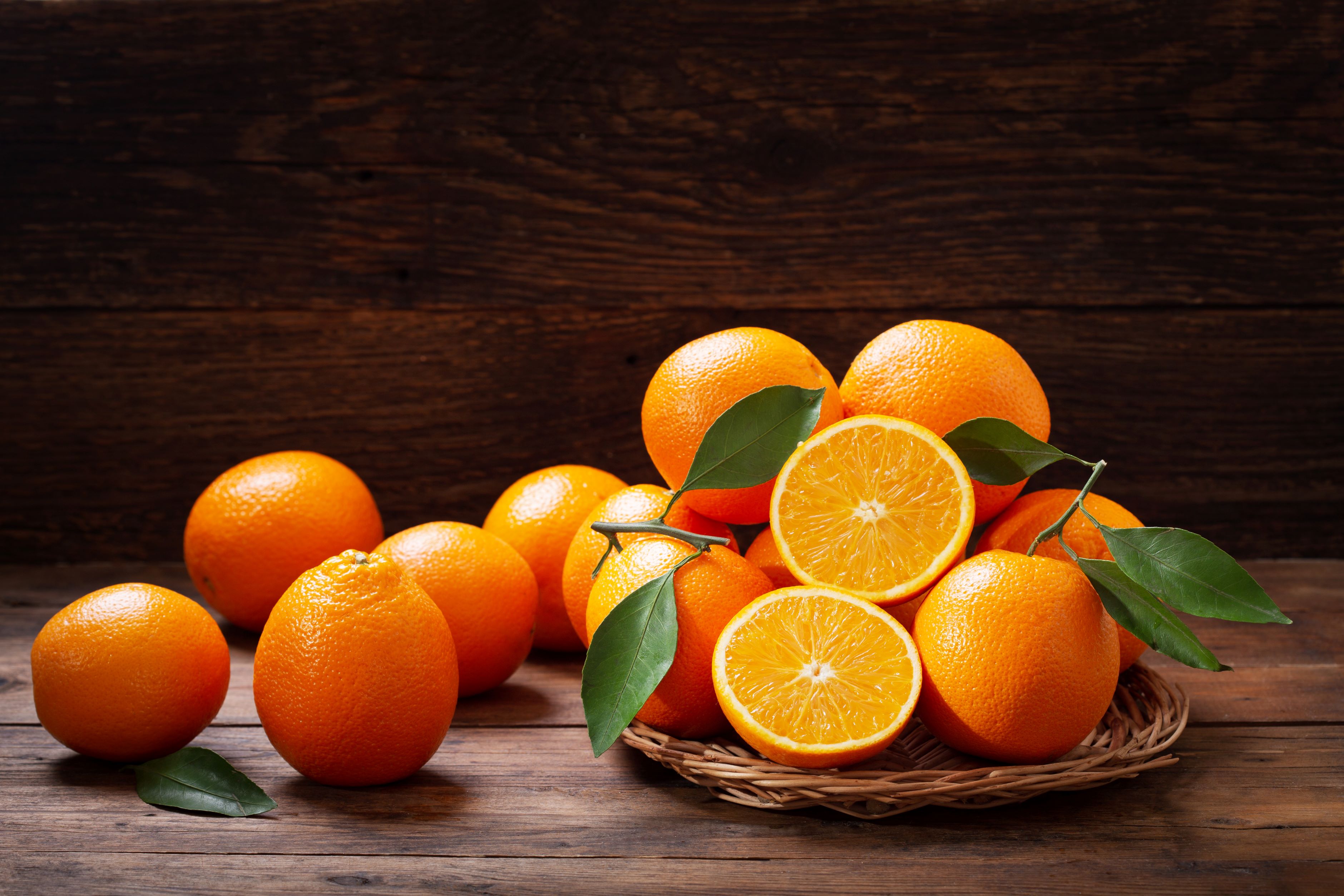
Oranges are believed to be the world’s most cultivated fruit tree and are closely associated with trade.
Although originally a fruit kept only for the elite and grown in private conservatories, oranges spread throughout the world because traders discovered they could be used to combat scurvy – a disease that sailors often suffered (and died) from on long journeys.
Today we are less troubled by scurvy, but the world’s taste for oranges continues to thrive.
In 2021 the “orange trade” was worth a total of $5.76bn. This represented a steady state - between 2020 and 2021 exports grew by just 0.6%.
Citrus leader
Oranges account for more than 50% of the global citrus production and both output and consumption of oranges have grown sharply over the past three decades at a compounded rate of 3.5%.
Production and exportation of processed orange products have also increased by 4.4% over the same period, because of the improvement in transportation and the low packaging cost.
Of all the oranges produced worldwide, 20% of the total are sold as whole fruit with the remaining 80% used in making extracts and juice.
Frozen assets
Orange juice’s ability to promote sailor health was rediscovered by the US army during WW2, when it was looking for a way to get vitamin C into its troops. The result was the invention of frozen concentrated orange juice (FCOJ).
As the name implies, this is a processed version of OJ, with much of the water removed making it easier to transport and trade. As it already takes around 13-15 oranges to make a litre of fresh OJ, the resultant saving in space is huge.
It also created a commodity that was easier to trade on futures markets, as famously demonstrated in the 1983 film Trading Places starring Eddie Murphy and Dan Ackroyd, in which unscrupulous financiers try to buck the market by getting sight of weather forecasts affecting orange production.
The insider trading portrayed was not actually illegal until 2010, when a provision known as the “Eddie Murphy Rule” was passed, banning the use of such ill-gotten government data in the marketplace.
Changing tastes
For years, the US was the leading orange producer, serving a massive home market where OJ was a staple of the breakfast table.
However, by the mid-1980s, Brazil permanently overtook the US as top orange producer and the US has continued to slip down the table of producers.
There has been slowing domestic demand for orange juice, as consumer tastes have changed, resulting in US consumption being down more than 50% from its peak a quarter century ago.
Leading producers of oranges 2021-22 (million metric tons)
Brazil 16.91
China 7.55
EU 6.3
Mexico 4.28
US 3.46
Brazil’s climate makes the country the leading grower of oranges, producing more than twice the number China does. The US annual orange output in 2021-22 was just one-fifth of Brazil’s.
Within the EU, Spain is the major producer accounting for around half of supply. Most European production (90%) remains within the EU.
Crop down
OJ futures hit a new record recently due to concerns that the diminished US orange crop is forecast to be the smallest since 1937, reports Reuters.
The USDA predicts the 2022-2023 US orange crop at 62.25 million boxes (2.57 million tonnes), an 86-year low and down 23% on the year. That is less than 20% of US output in the record 1997-1998 season.
According to Barchart, FCOJ saw a 30.57% quarterly gain after rising 41.08% in 2022. In Q1, FCOJ futures rose to a record $2.8250 high.
Florida, which has previously accounted for more than 80% of the annual crop, is down 61% on the year, boosting California’s output share to 72% at 45.1 million boxes, up 15% on the year but 5% below the five-year average.
Many Floridian orange groves have become homes and condos as the demand for real estate has skyrocketed over the past years.
The devastating impact of Hurricane Ian and crop diseases have also hit production hard.
Oranges Exports by Country:
Spain $1.4bn (26.9% of total exported oranges)
S Africa $808.6m (15.1%)
Egypt $714.4m (13.3%)
US $606.1m (11.3%)
Netherlands $283.7m (5.3%)
Oranges Imports by Country
Germany $483.4m (8.2% of total imported oranges)
France $455.4m (7.7%)
Netherlands $390m (6.6%)
Russia $313.9m (5.3%)
China $264.9m (4.5%)



